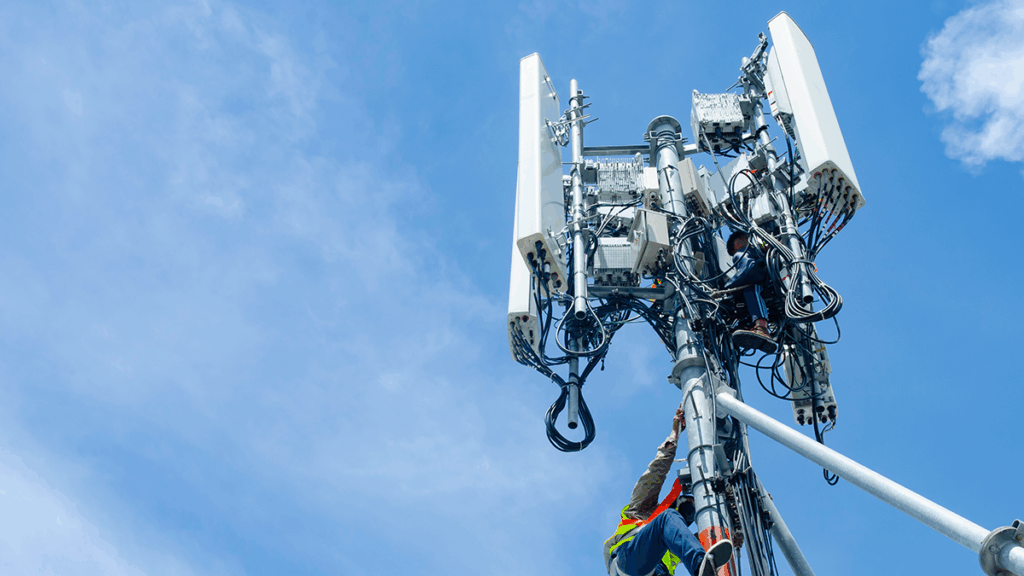Eleven cutting-edge projects funded by UK Research and Innovation (UKRI) aim to commercialise future telecoms technologies and benefit people across the UK with improved connectivity. Rural or isolated communities across the UK can look forward to accessing improved 5G connectivity without needing expensive infrastructure installation.
Awarded a share of £13 million in government funding, these 11 projects are focused on bridging the digital divide. They represent the second phase of a competition supporting Advanced Connectivity Technologies, and kickstart the UK government’s Industrial Strategy and mission to foster economic growth by improving digital connectivity.
The projects support innovations that will:
- Strengthen phone signals at major events
- Enable instant 3D video streaming
- Transmit information using light
By advancing UK-based telecoms innovation, these projects will create high-skilled jobs and position Britain at the forefront of the telecommunications revolution.
Emergency services will also benefit from enhanced coordination systems during disasters and large-scale incident. One project focuses specifically on improving connectivity for emergency response, disaster relief, and command-and-control situations.
Another, nCOMM+1, explores 3D video streaming technology that promises transformation across multiple sectors.
High-quality 3D content will be streamed and rendered instantly, creating a lifelike virtual presence for education, remote collaboration, healthcare, digital arts, e-commerse, and immersive entertainment applications.
Space connectivity also features among the projects, improving communications between the ground and Earth’s satellites. It will enable us to send data quickly using light. CAPTIVATE2 is helping build these data highways while keeping the supply chain on British soil.
Other projects include Novocomm’s development of a novel network switch to provide ultra-high speed Internet connections to difficult locations, Fraunhofer UK Research’s use of light-based communications to address challenging environments such as cloud and fog, and HOPLITE’s development of advanced laser technolog yot boost free space optical communications which uses light to send data at ultra-fast speeds.
There’s plenty of other editorial on our sister site, Electronic Specifier! Or you can always join in the conversation by visiting our LinkedIn page.
